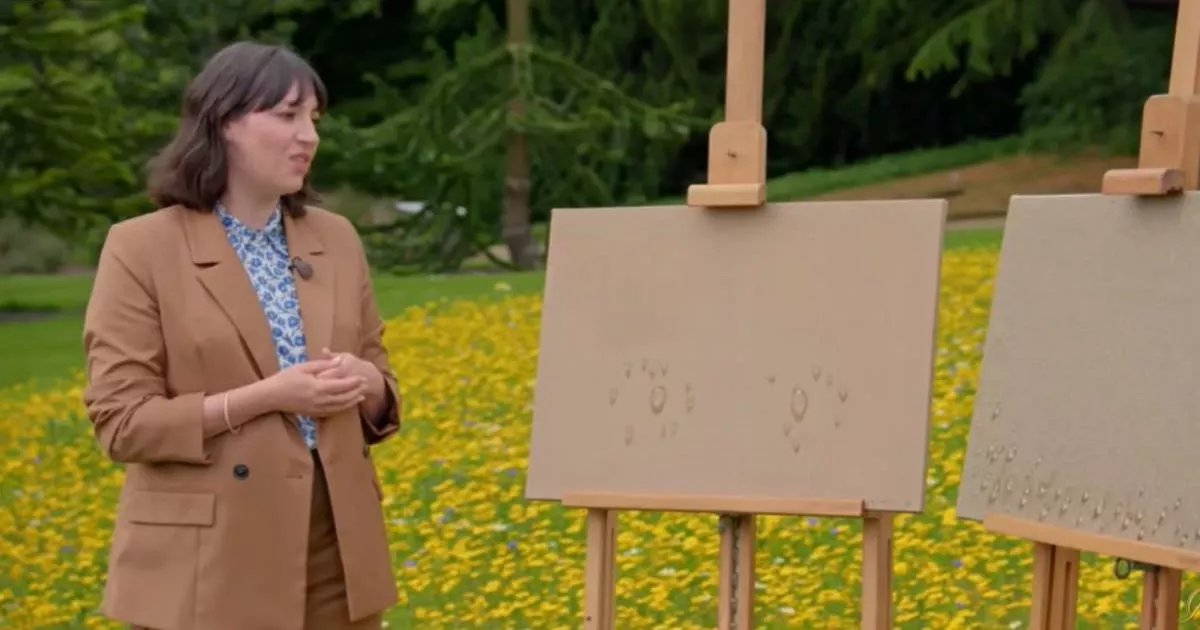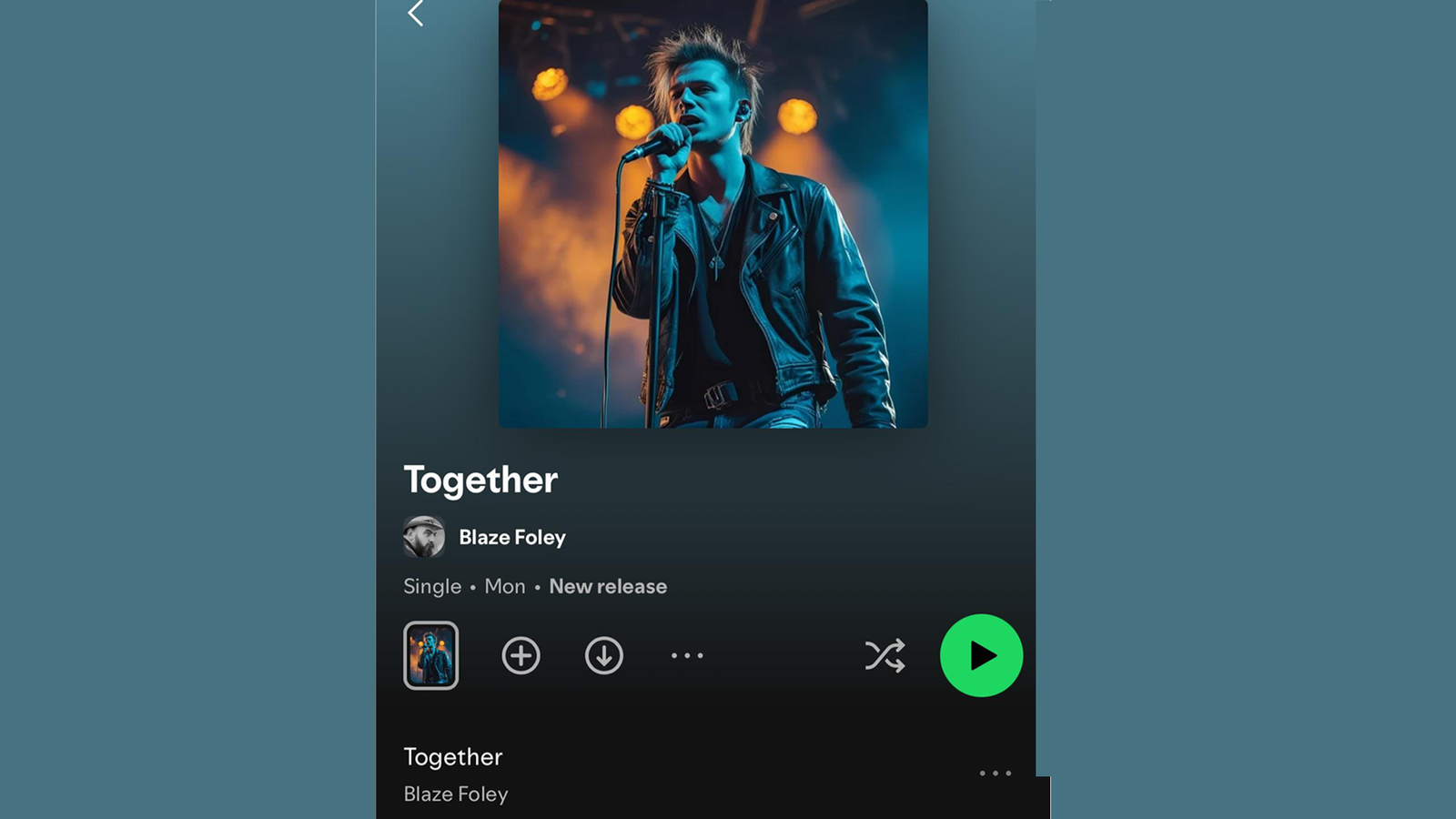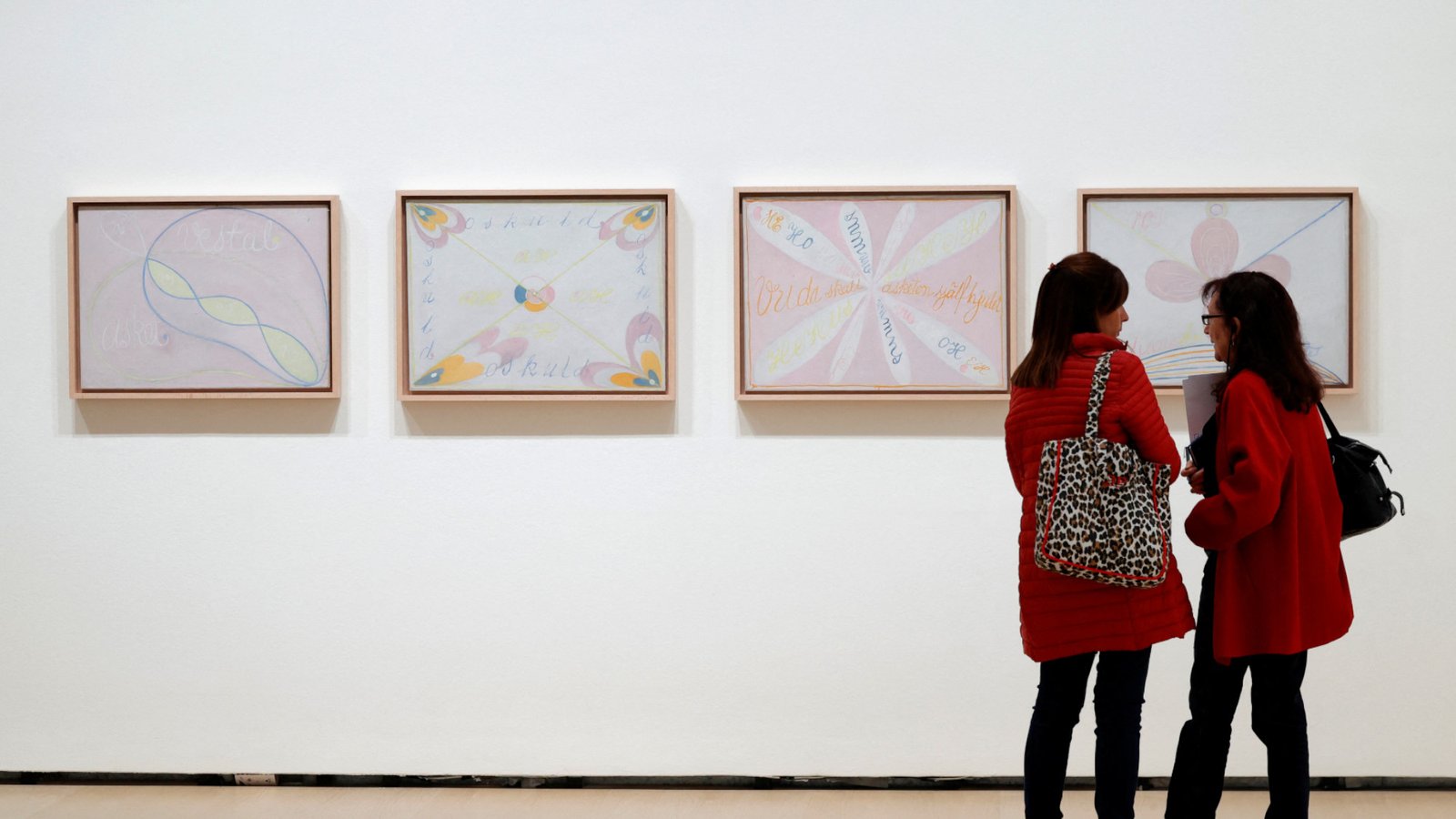Este artículo también está disponible en español.
Louis Carlos Bernal was born in 1941 in Douglas, Arizona, a small border town in a region known for cattle ranching and copper mining. His upbringing as the Mexican American son of a maid and a boilermaker played a decisive role in his formation as a photographer. The family moved to Phoenix when he was 6, where the children (Louis was the oldest of three sons) would receive a better education. When he was 11, Bernal received a camera as a gift from an aunt, and he soon became infatuated with cameras and the chemical process of producing an image, turning a home bathroom into an improvised darkroom.

In Phoenix, Bernal experienced the overt racism that was common in the years prior to the passage of the Civil Rights acts of the 1960s. The city had a large white majority, segregated schools and neighborhoods known as “sundown towns,” where people of color could work but not live. In defiance of the limited expectations of Mexican Americans imposed by society, he aimed for college, initially planning to study Spanish with the goal of teaching. But Bernal continued to pursue photography, covering athletic events for his high school and college newspapers.
In 1972 Bernal received his MFA in photography from Arizona State University and moved with his family to Tucson after Pima Community College hired him to launch its photography department. Although he traveled widely throughout the Southwest and Mexico, Tucson remained his home until his death in 1993. He recounted the move to Tucson in a 1984 interview:

During the physical move I also began a spiritual move back to the barrio and a new attitude toward life — Chicanismo. Mexican-American is the term used to describe a person who is of American birth but whose cultural soul derives from Mexico. This dual reality has been a burden which has clouded our identity. Chicanismo allows us to accept our history but also gives us a new reality to deal with the present and the future. My images speak of the religious and family ties that I have expressed as a Chicano. I have concerned myself with the mysticism of the Southwest and the strength of the spiritual and cultural values of the barrios.

Throughout the 1970s, Bernal developed his style, melding documentation with portraiture, still life and elements of staged photography. He saw his artistic mission as a kind of moral imperative to speak for his community and to act as a bridge, to uphold his culture to the larger world. “The Chicano artist,” he stated, “cannot isolate himself from the community but finds himself in the midst of his people creating art of and for the people.” Before making a photo, he would devote time to walking, thinking, writing and talking to people he encountered in a neighborhood. When he clicked the shutter of his camera, he had fully readied himself for the moment of making an image that would crystallize an individual life.


Louis Carlos Bernal
He once stated, “I’ve tried to capture the spiritual and the religious aspect, photographing an ordinary situation and making it more than ordinary because it is more than ordinary. There is a sense of greatness, of immortality, in every one of us here.” In a career spanning only two decades, he produced a body of work that constitutes a Chicanx imaginary, a worldview absent of discrimination and marginalization. He found a way to put Chicanx people at the center of this world, indelibly memorialized.

Louis Carlos Bernal: Monografía is co-published by Aperture and the Center for Creative Photography, Tucson, Arizona, and is available at aperture.org. Photos © Lisa Bernal Brethour and Katrina Ann Bernal. Courtesy Center for Creative Photography, University of Arizona: Louis Carlos Bernal Archive. Gift of the Mexican American Legal Defense and Educational Fund; Gift of Helen Unruh.

We welcome reader letters. Email High Country News at editor@hcn.org or submit a letter to the editor. See our letters to the editor policy.
This article appeared in the July 2024 print edition of the magazine with the headline “The father of Chicano art photography.”






